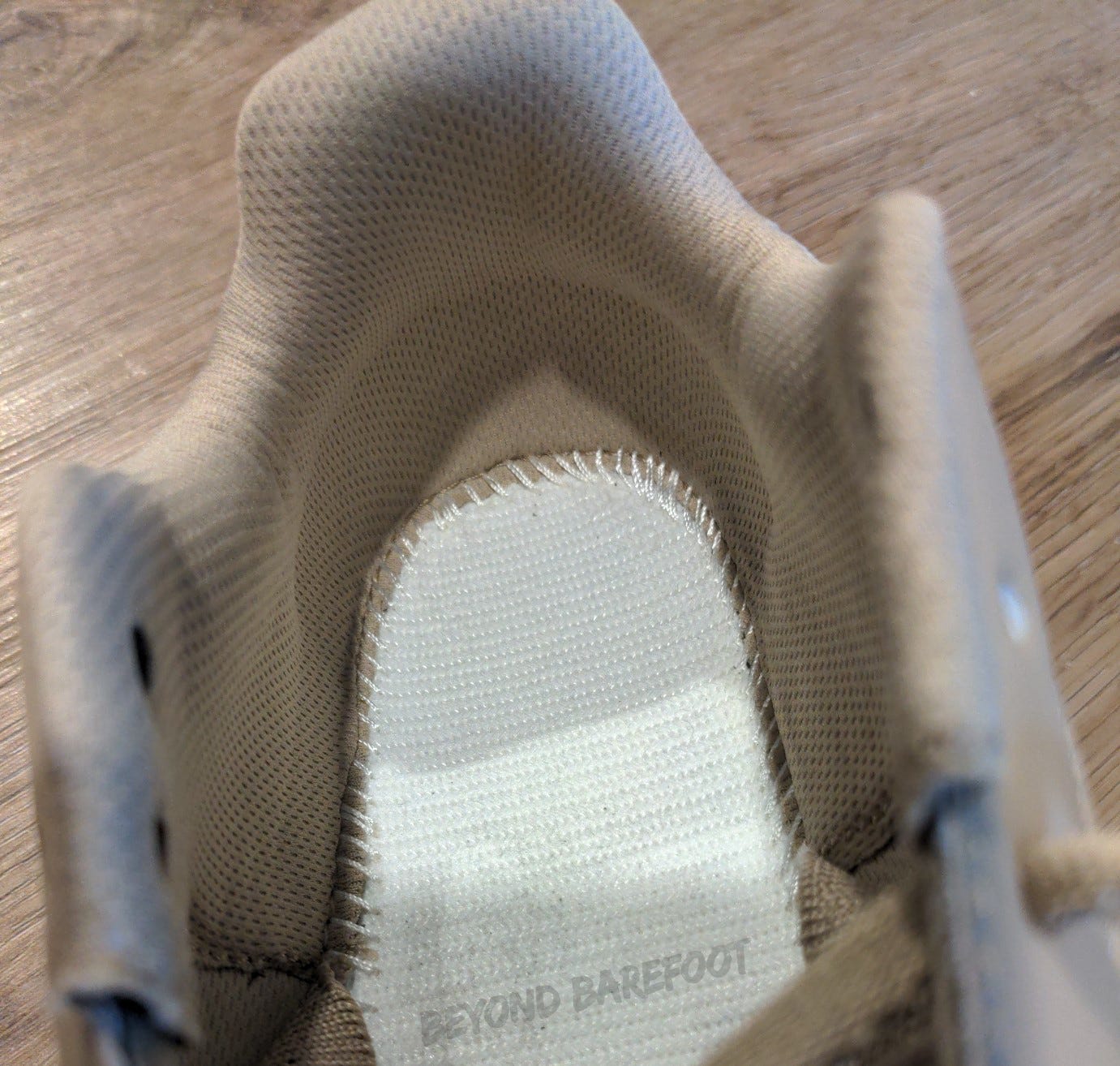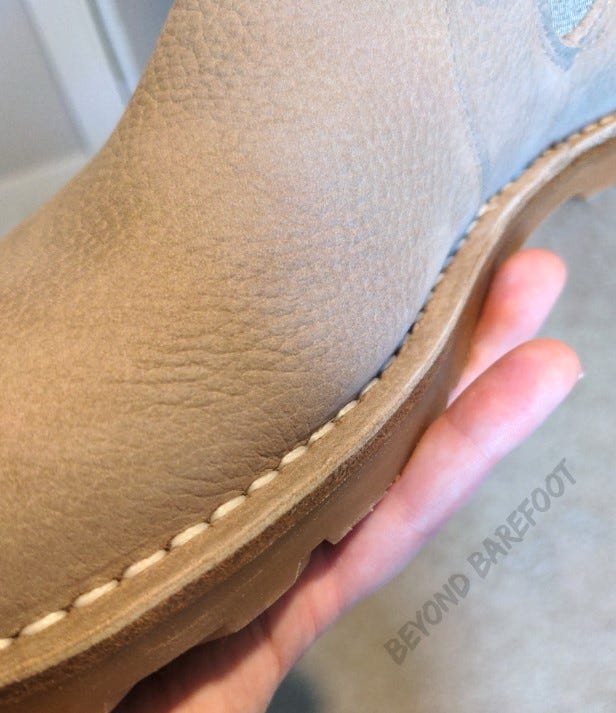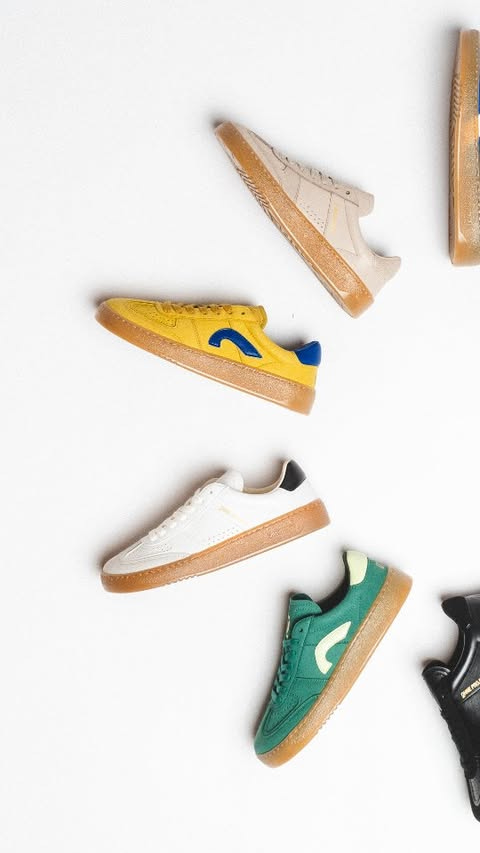A barefoot shoe is kind of like low carb ice cream: it’s never going to be quite the same as the original version. The things that make a barefoot shoe a barefoot shoe are incompatible with certain styles of footwear. There will never be a barefoot stiletto because the concept is nonsensical. If you take away the heel from a stiletto, you’ll be left with either a ballet flat or a sandal.
Barefoot shoes have come a long way in the past few years but I think there’s still room for improvement. Sometimes when looking at a shoe you might sense that something isn’t quite right but can’t pinpoint exactly what it is. I hope to provide a little clarity on the topic so you might be able to recognize in the future where the problem lies.
Part one of this series seemed to cause strong reactions in some people. On the one hand I lost a chunk of subscribers, but on the other the article garnered more “likes” than any of my other posts. Well, this is a topic I feel strongly about as well. I want barefoot and zero drop shoes to look better, which is why I’m writing this. If any readers have been thinking of launching their own shoe brand, I hope you might find something useful here.
Previously, I pointed out that a lack of intentionality, the clunkiness of the lasts, and the toe box shape all contribute to the lackluster appearance of many barefoot shoes today. There are several more reasons, as will be seen below.
The materials
Barefoot shoes are often made of low grade leathers that develop a crinkly effect when worn. Creasing is unavoidable with leather shoes, but quality leathers will generally wear better than cheaper ones.
They are also typically made of very thin materials that lack structure. It’s common for shoes to have hidden reinforcements in between the upper and the lining, and barefoot shoe brands intentionally leave these out for increased flexibility. I don’t discount the importance of flexibility for proper foot function, but many barefoot shoe creators strive for a degree of flexibility that’s not strictly necessary.
Take a look at your own foot. Pay attention to where and how much it bends. This is the amount of flexibility your shoes need to allow full range of motion while walking. For some reason the idea that shoes must be able to roll into a ball has pervaded the barefoot shoe movement, which has the unfortunate side effect of making the shoes look like floppy sacks.
A lot of people enjoy wearing very lightweight and bendy shoes. They want as little shoe as possible, and that’s fine, but there are also people who want healthy shoes that look more like conventional ones. Shoes can have structure while also maintaining sufficient flexibility. It’s just a matter of striking the right balance.
The patterns
Patternmaking is both a science and an art. Although there’s ample opportunity for creativity, certain rules must be adhered to in order to make a functional shoe. Improper patterns can result in footwear that chafes, pinches, causes blisters, and is altogether unwearable. Just like other design fields such as architecture and graphic design, it takes a lot of study to develop a keen eye and the skills needed to create quality designs.
As mentioned previously, barefoot shoes sometimes look like they were not professionally designed, and one area this pops up most is in the patterns.
An example of a shoe with excellent patterning is the Poppy Barley Eyelet Oxford.1 The design is deceptively simple and has an understated elegance. There are very few elements to work with but all the style lines are beautifully executed. Everything is clean and balanced. This shoe also demonstrates that you don’t need a heel to look chic—which brings me to my next point.
The soles
The soles commonly used on barefoot shoes can create visual confusion at times. One of the things that differentiates dress shoes and boots from sneakers is the sole, because many footwear styles are simply variations of long established dress shoe patterns. Barefoot shoe brands frequently put sneaker soles on all their models regardless of footwear type. Boots, dress shoes, you name it—they all get sneaker soles. If you put a sneaker sole on a shoe made from an Oxford dress shoe pattern, what you’ll end up with is not a dress shoe, but something closer to a classic Keds Champion.
Looking at the two examples below, what makes one of them a sneaker and the other a boot? They’re both made using the same basic pattern (which is a highly modified version of a Derby), but they’re unmistakably different. The materials seem to play a part, but keep in mind that Converse makes the same sneaker model in a leather version. In the end, the biggest thing that sets these two shoes apart is the sole.
Poppy Barley released a version of their Eyelet Oxford with a different sole and suddenly the same shoe discussed earlier is now a sneaker, though a dressy one at that. There are a few differences in the pattern but they are minor.
The sole greatly affects how dressy or casual a shoe looks. Compare the sole on this ballet flat with this one and note the difference. A lot of barefoot shoe companies started out making sneakers, so it’s easy for them to slap basically the same sole on all their other models. This is one reason barefoot boots and dress shoes don’t quite look like the thing they’re trying to be, and it’s a little lazy, to be honest.
The construction methods
Most barefoot shoes are made using one of two construction methods: Strobel and stitchdown. Both methods produce flexible footwear, and each has its place, but I’d argue they’re greatly overused in the realm of barefoot and zero drop shoes.
With the Strobel construction, the insole (or “sock”) is sewn directly to the shoe upper and lining and then a rubber sole is cemented on. Strobel is commonly used for shoes that have sneaker soles, so this goes hand in hand (or foot in shoe?) with my point above. The majority of barefoot shoes and boots I’ve owned have been made with this method.
Strobel results in comfortable footwear that doesn’t require a break-in period, but a pretty big drawback is that it’s not a super durable construction. The stitches holding the sock to the upper are pretty flimsy, as is the sock material, making it very difficult to resole Strobel shoes without damaging them in the process; these shoes are intended to be thrown away after they wear out, contributing to a staggering amount of waste globally each year. For this reason alone, I think it’s best that brands move away from this construction in favor of resoleable varieties.
The main advantage of the stitchdown construction, on the other hand, is that it produces a shoe that can be resoled, while being more lightweight and flexible than a Goodyear welted shoe. Stitchdown is a sturdy construction, but for the most part, shoes made this way tend to have a bit of a rugged appearance that can look really out of place when attempted on formal footwear—a faux pas seen on barefoot dress shoes now and then.
Stitchdown is best suited for casual shoes and boots. There are ways to alter the appearance of stitchdown footwear, such as the San Crispino method and fudging. Stitchdown can even be made to look more like a welted shoe simply by adding a strip of veg tan leather all around the flanged edge before stitching, as seen in this image by Master shoemaker Marcell Mrsan:
There are several other construction methods that can also be used to make flexible footwear; some are great for dress shoes while others would be better for casual styles and sandals. These constructions include:
Stitch and turn (also called a turn shoe)
Reverse Goodyear (a type of turn shoe)
Sacchetto and the California method are somewhat similar to Strobel, but the sock is attached in a way that’s more durable. Blake stitch can be used in conjunction with these constructions to ensure the shoe’s resoleability.
Healthy shoes can look good, if we want them to
Good-looking healthy shoes are possible. One of the biggest hurdles to overcome will be convincing the target audience of this, because healthy shoes and ugliness have become intrinsically linked in many people’s eyes. If people have been conditioned to think this way, they’ll automatically assume that if a shoe looks good, it must not be healthy.
Below are a few examples of barefoot and adjacent shoes that I think are pretty stylish. Though the toe box on some could be a bit wider, they serve as a frame of reference for inspiration.
You won’t want to miss my next article, where I’ll introduce you to a newly released boot that embodies nearly all of the qualities that go into making healthy footwear that looks good. Read about the new boots here.
Which is technically a Derby, not an Oxford.

















Just want to say that I'm absolutely loving your newsletter!! I've been wearing barefoot shoes exclusively for the last 5+ years because it has eradicated my foot pain/issues, but I have always struggled with the "ugliness" factor and have spent countless hours researching the least ugly ones I can find and even messaging (lol more like begging) normal shoe brands to make zero drop/wide toe box versions. I'm very into fashion otherwise and since day one of discovering barefoot shoes have always wondered wtf is up with 98% of the designs.
Like - why do they look like cardboard cut outs, why do the soles look so casual and inappropriate, why are there always the most offensively designed logos splashed on somewhere, why is the stitching always visible even in more "dressy" scenarios etc etc? You have illustrated exactly why they look so frumpy and dorky! I'm also trying to find more cushion after starting to get pain when wearing 5mm soles in the city, so I love that you are also finding shoes with some cushioning! Anyway just glad to have found a likeminded person in the minimalist shoe world :)